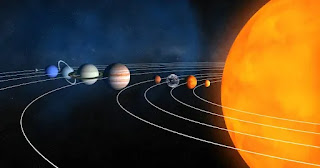From March 24th to 31st, experience a breathtaking planetary alignment in the western sky after sunset: here's our expert advice. The celestial canvas never ceases to amaze, and the end of March is no exception. Witness a magnificent planetary alignment featuring Mercury, Jupiter, Venus, and Uranus as the main attractions. The waxing Moon will provide a dynamic backdrop, changing its position daily, while Mars offers an additional visual treat, slightly separated from the main group. Here's our guidance for optimal viewing:
- Venus: As the brightest planet in the sky and visible to the naked eye, Venus demands attention. For the best viewing experience, use a small telescope to fully appreciate its distinct phase.
- Uranus: This elusive seventh planet of the solar system isn't visible without some help. You'll need a telescope to spot its unique bluish-greenish hue.
- Jupiter: The giant among planets, Jupiter, is visible to the naked eye. Enhance your viewing experience with a pair of binoculars to observe its four Galilean moons (Io, Europa, Callisto, and Ganymede).
- Mercury: Barely visible to the naked eye, Mercury shares similarities with Jupiter, requiring an unobstructed horizon free from natural and artificial barriers. A telescope is the recommended tool for observing this elusive planet.
- Mars: Mars, with its signature reddish hue, is easily visible and unmistakable in the night sky.
Don't forget to take a closer look at our Moon if you have binoculars or a telescope handy. In anticipation of this celestial event, we've provided a glimpse of the sky for two of the seven days during which the planetary alignment will occur.


Post a Comment